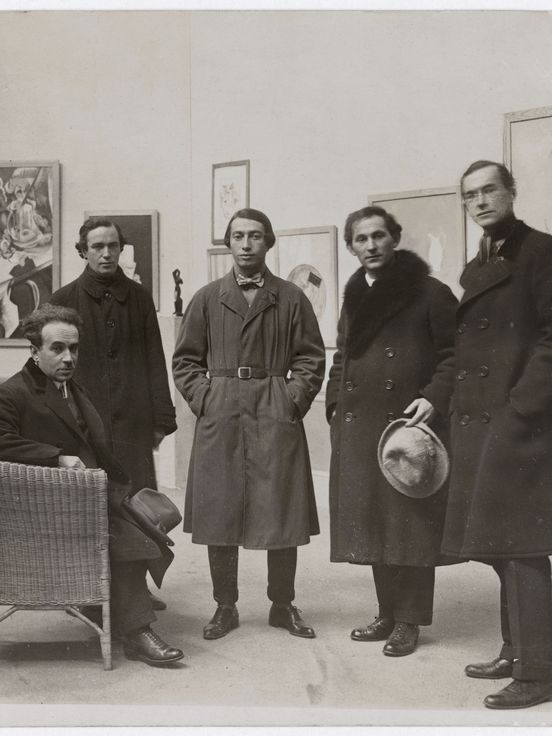After periods studying in Munich, Naum Gabo spent the years of the First World War exiled in Norway. From Norway he returned to Russia, which was experiencing a mood of social departure after the revolution. There, together with his brother Antoine Pevsner, he published the “Realistic Manifesto” in 1920, formulating a radical new understanding of sculpture. As Gabo's concept of art was irreconcilable with the tendencies of Socialist Realism, in 1922 he moved to Berlin, where he participated in the First Russian Art Exhibition and became a member of the “Novembergruppe”. In 1935 he fled from the Nazi regime to London, and later emigrated to the USA, where he died in 1977.
Nina Williams, the artist's daughter, handed over parts of Gabo's estate to the Berlinische Galerie in 1987. Besides sculptures, drawings and watercolour works, the Gabo archive contains sketches and models for sculptures, architectural designs, attempts at literary writing and one of the last three surviving copies of the “Realistic Manifesto”. There are also drawings and documents associated with Gabo's entry to the competition for the “Palace of the Soviets” in 1931, his diaries ‒ written in Russian ‒ and a collection of documentary photographs. An overview of the collection is provided in the volume “Naum Gabo. Ein russischer Konstruktivist in Berlin” published in 1989.
The second major part of the Gabo estate is kept in the Tate Archive Collection, London; another part can be found in the Beinecke Library of Yale University, USA. With support from the Getty Foundation, the Tate Archive has successfully digitalised its collection, making it accessible online via the museum's website. Digitalisation of the collections in the Berlinische Galerie means that these part estates can be collated in a virtual way, and thus made available for use online.




